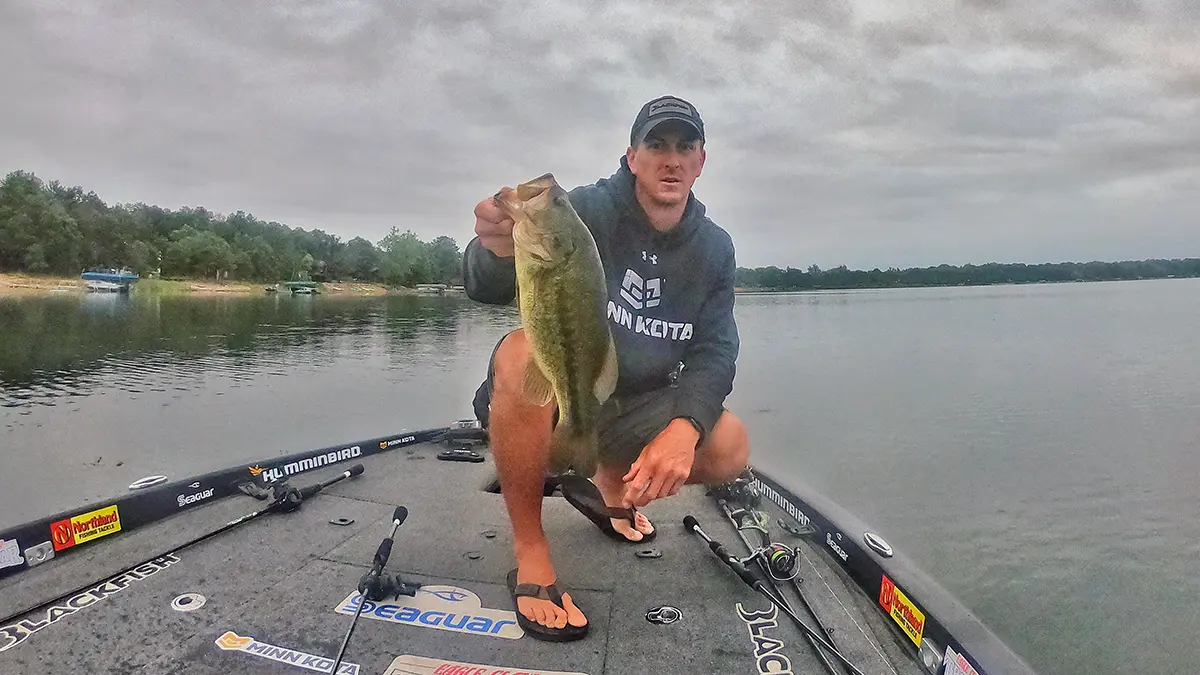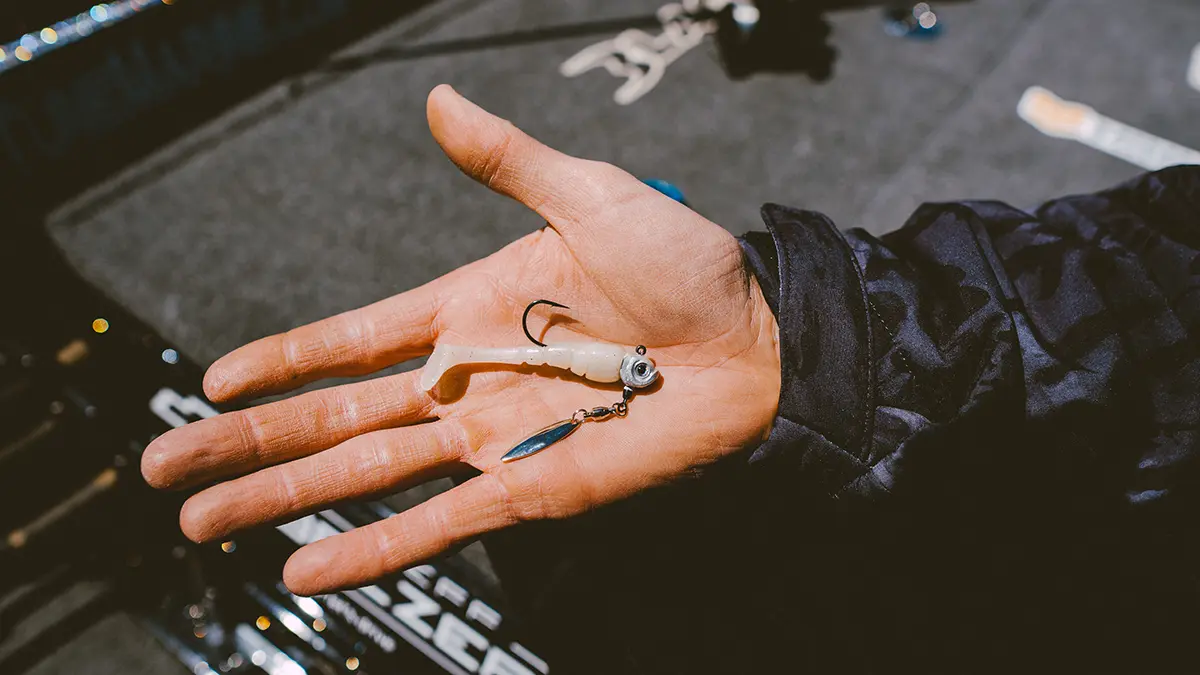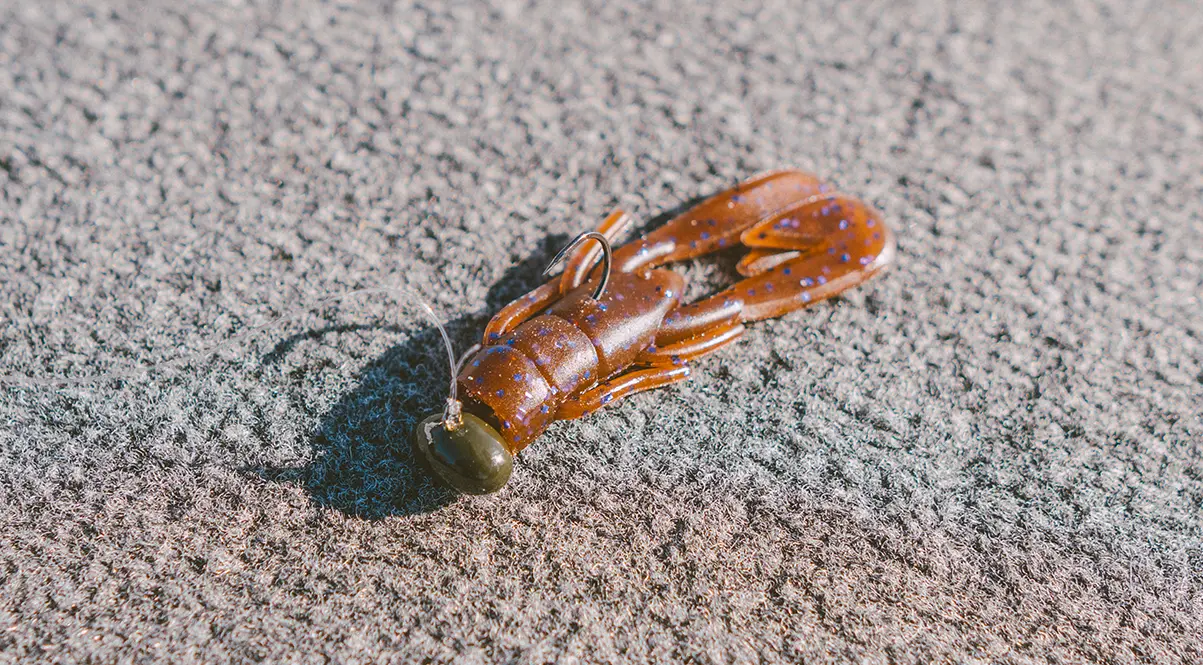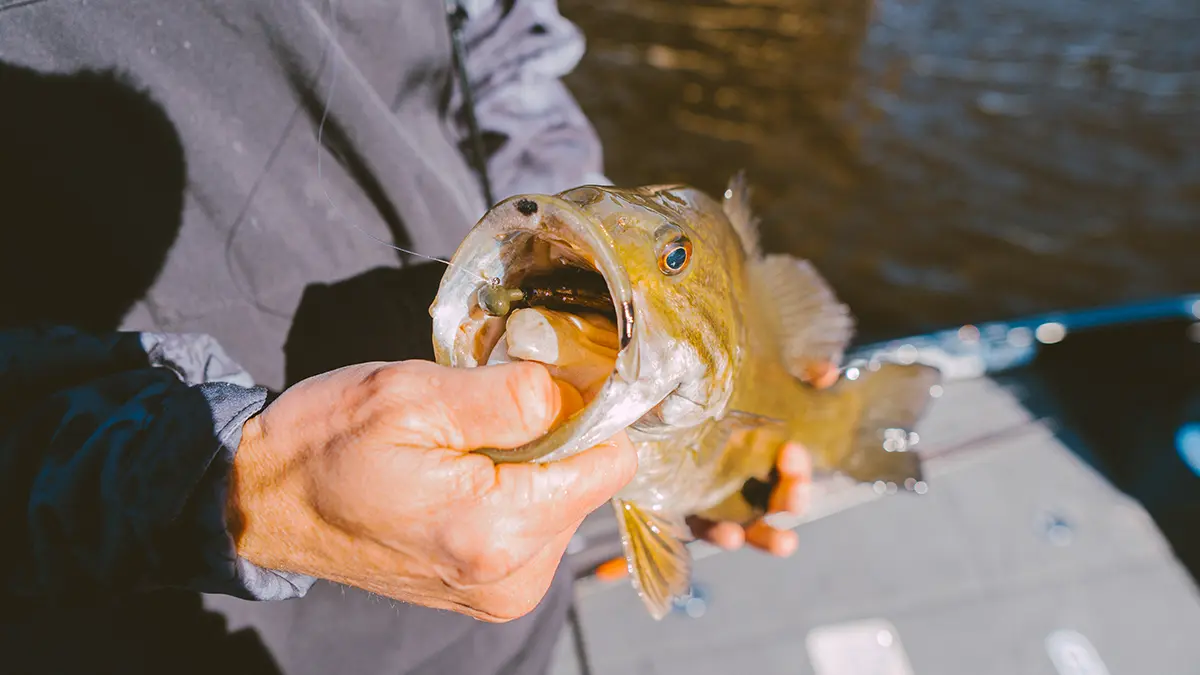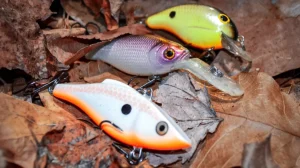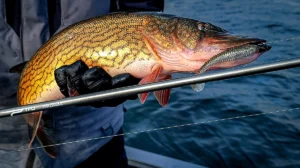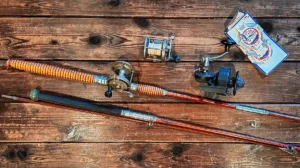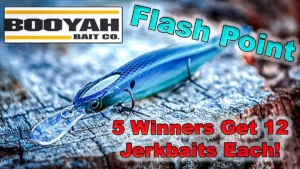Bass, especially smallmouth bass, are notorious for picking up and leaving an area following a weather front. But sometimes the bass haven’t left; they may have hunkered down and just stopped chewing. They will need some coaxing to bite your lure. Here’s how to score when the weather is working against you.
FINESSE FOR THE WIN
After a front has moved through, big bass can be very finicky and hard to catch. Employing finesse fishing techniques can ensure you keep getting bites and putting bass in your boat. To tempt tight-lipped bass into biting, you want to use the lightest jig you can based on the depth of water you are fishing and the wind. If you’re fishing a river system, you will also have to take the current into consideration, but use as little weight as possible to get your jig and soft plastic combo down to the depth of water the bass are holding at.
You can target stationary bass holding around cover or suspended out in open water with a jig, like the Northland Fishing Tackle Smeltinator jig. This jig head is available in various weights with the same profile head, so you can use as large a soft plastic as necessary to mimic the size of the forage the bass are feeding on without sacrificing the finesse approach. This is the approach that Jeff ‘Gussy’ Gustafson used to win two B.A.S.S. events on the Tennessee River, including the Classic, switching between a 1/8 and 1/4 ounce Smeltinator jig head as needed.
When bass are tight lipped, but roaming around cover or chasing bait in open water, they might need some more action from your lure to be tempted into biting. In these situations, underspins are my go-to. The combination of the shad-style soft plastic coupled with the flash and vibration from the willow leaf blade on the jig, will get the attention of post-frontal bass.
On either of these jig styles, shad-imitating soft plastics are my main choice. But you need to keep finesse in mind. Using a shad-style bait that has a straight tail will allow you to keep a finesse presentation and hover that jig right above the bass at the depth they are holding at.
GET LOW
If the bass are tight to the bottom, feeding heavily on crawfish, or just not chasing baits, you guessed it, dragging a lure along the bottom is what will get those bass to bite. Many times, a traditional football head jig is a great presentation in this situation. But when the bass want a more compact presentation, downsizing that jig is what will get those bites. I like to rig up a Northland Fishing Tackle Elite Series Finesse Football Jig with a small soft plastic trailer in these instances.
Cast your jig super far to weary smallmouth that are sitting on a sand flat, on a point that is lined with gravel, or scattered boulders. Keeping your bait in contact with the bottom is the key point here. The action of the jig kicking up sand or other substrates will get the bass’ attention, as they will think it is a crawfish fleeing along the bottom of the lake or river.
I will look for isolated boulders with my Humminbird MEGA Side Imaging as I’m idling. Then, I’ll rely on my MEGA360 to make pinpoint casts to those boulders. This is where a big lone wolf bass could be tucked behind, just waiting for that next easy meal to come by.
GO BIG
Finesse fishing for bass post-front doesn’t always mean you have to be fishing small lures; sometimes you just need to slow down your presentation. While bass might not move much after a front, when they do, they are going to want a big meal.
For me this is when a jig excels, as you can fish it S-L-O-W. I can cast or flip a 1/2 or 3/4 ounce jig out, depending on the depth of water I’m fishing, paired with a big Zoom Super Chunk or Salty Chunk, and just slowly drag it back to the boat. I can even just soak it in areas that I know bass are sitting, and this can draw a reaction strike.
Since I want to achieve a very natural fall with my jig, I’ll downsize my line. I go from my normal 15- or 17-pound test fluorocarbon, to some unique sizes that still provide abrasion resistance, but with a smaller diameter that will let the jig fall more naturally. The double structured fluorocarbon properties of Seaguar’s JDM (Japanese Domestic Market) R-18 fluorocarbon line delivers these unique pound tests (14 and 16) in a sensitive, abrasion-resistant line that I turn to.
Areas that I will look to soak a jig include laydowns or boat docks. The best ones are usually located on main lake points, secondary points in a large creek, or coves on the lake. You can also find productive pieces in isolated sections in a backwater slough with cover located directly over, or quite close to deeper water.
GET OUT FRONT
Don’t be worried if your fishing trip ends up following a weather front. Just grab some of the above-mentioned baits, slow down, and you can keep your rod bent over.


